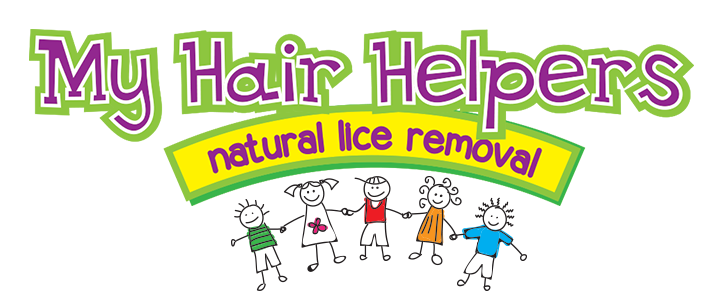Head lice have long been a common nuisance, especially among school-age children. However, in recent years, a new term has emerged – “super lice.” These resilient pests have gained attention for their resistance to traditional over-the-counter treatments, posing challenges for families and schools.
Understanding what super lice are, how they differ from regular head lice and effective treatment approaches is crucial in managing and eradicating these persistent parasites.
What are Super Lice?
Super lice, scientifically known as Pediculus humanus capitis, are essentially the same as regular head lice but with a genetic mutation that makes them resistant to common over-the-counter treatments containing pyrethroids, such as permethrin or pyrethrin. These mutations have enabled super lice to survive and thrive despite traditional treatments, making them more challenging to eliminate.
How Do Super Lice Differ from Regular Lice?
The primary distinction between super lice and regular lice lies in their resistance to conventional treatments. Traditional lice treatments, which contain pyrethroids, target the nervous system of lice. However, super lice have developed genetic mutations that render these treatments less effective, allowing them to survive and reproduce.
Super lice infestations may appear similar to regular lice infestations, characterized by itching of the scalp, visible lice or nits (lice eggs) attached to hair strands and possible skin irritation caused by scratching.
Treatment Strategies for Super Lice
Dealing with super lice requires a different approach compared to conventional lice treatment methods:
- Prescription Treatments: In cases of super lice infestation, a healthcare professional may recommend prescription-strength treatments containing different active ingredients. While these prescription options are designed to effectively target resistant lice, they may also contain harsh ingredients, especially for those with sensitive skin.
- Manual Removal: Manual removal using a fine-toothed comb (nit comb) remains an essential part of treatment. Regularly combing through wet hair to remove lice and nits can help reduce infestation, even in cases of super lice.
- Natural Remedies: Some natural remedies like tea tree oil, neem oil or essential oils have shown some effectiveness in repelling or suffocating lice. However, these remedies are messy, deliver mixed results and are best used to complement other treatment methods.
- Natural Removal Products: My Hair Helpers has a full line of natural head lice removal products that are effective against super lice. These pests have not developed a resistance to our ingredients, and they are safe to use on all skin types.
Prevention and Education
Preventing super lice infestations involves understanding how lice spread and taking proactive measures such as:
- Encourage regular head checks at home and in schools
- Educate individuals on the proper sharing of hats, combs and other personal items to minimize lice transmission
- Teach children to avoid head-to-head contact during play or other activities
- Take a peek once a week to identify lice infestations early
- Notify schools, daycares and individuals of lice infestations so the proper measures can be taken
Beat Super Lice with My Hair Helpers!
Super lice present a challenge due to their resistance to conventional treatments. However, with proper understanding, proactive measures and the use of alternative treatment options, super lice infestations can be managed effectively. My Hair Helpers products will eradicate super lice infestations using safe, natural ingredients. Shop for our products today on Amazon or our website.


